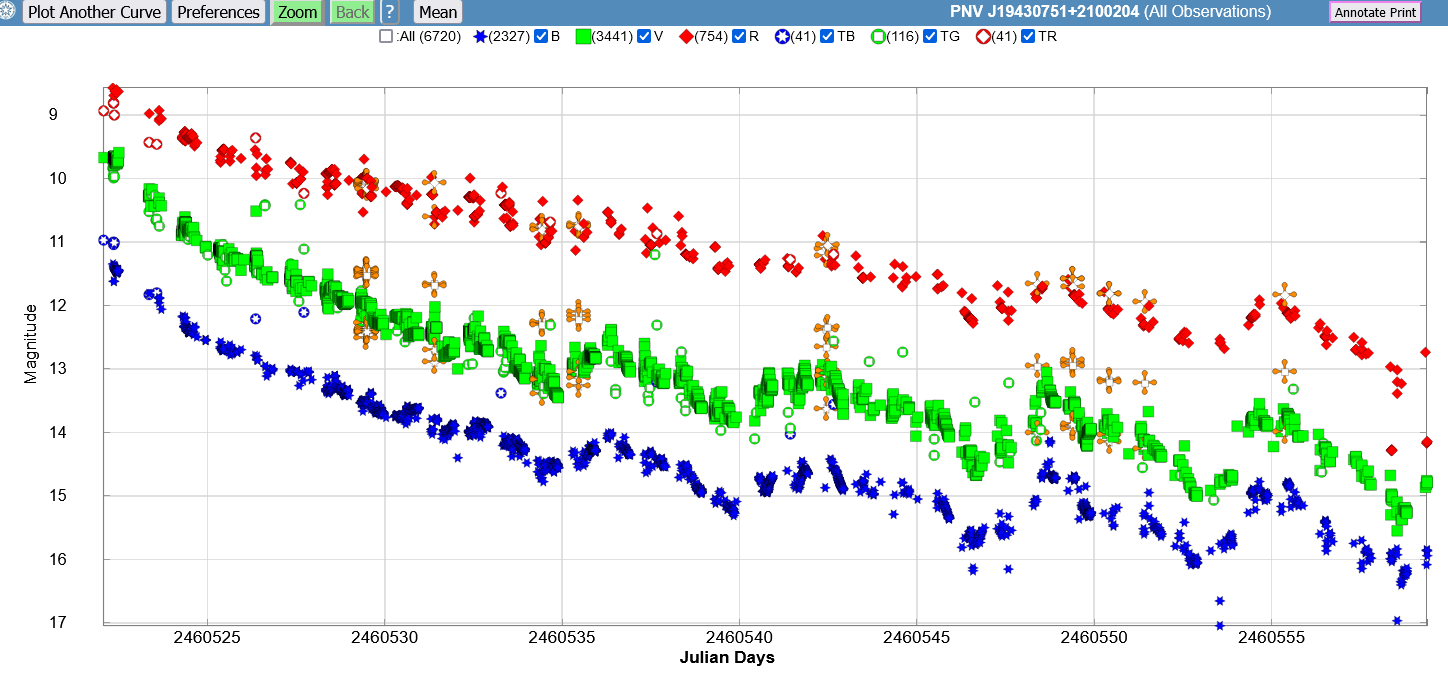One subfield of astronomy is the study of variable stars (= variable in brightness) and optical transients, and one method to do science there is to measure the brightness of astronomical objects (astronomical photometry).
TL;DR: yes, you can do meaningful photometry with the Seestar S50 down to 13th magnitude and fainter.
Usually this is done with special, standardized "photometric" color filters to produce results that are comparable between different equipment (to some degree at least). While the Seestar offers no way to use these photometric filters (because little red, green and blue filters are fixed to the sensor's individual pixels which makes the sensor a one-shot-color sensor), you can also submit data taken in those color filters native to the Seestar to organisations like the American Association of Variable Star Observers (AAVSO). Depending on the true color of the object, those values will match professional photometric filter results more or less closely. Here is an example:
I've now tried this with a recent Nova in Vulpecula, "N Vulpecula 2024".
Enclosed is a screen shot that shows how my results (marked by orange crosses) compares to other observers' data.
Long story short: For this particular object, which is very red in its emissions, data from the Seestar's Red filter (marked as TR = Tricolor Red in the legend) matches the data in the "professional" Johnson-Cousins "R" filter quite well.
For this object, data from the green channel (TG) scatters a lot between different observers and doesn't match the corresponding "V" photometric filter well, probably because the green filters of different equipment differ a lot at the edges of their passband where a lot of the light from this nova is emitted. This works much better for other objects, tho.
The Seestar's Blue filter result are very consitent with other observers, but they all are very different from the corresponding photometric "B" filter. The transmission curve of this photometric filter is just very different from the usual blue filter in RGB color sensors.
For objects that are less red, the Seestar's Green filter will be the better choice tho because it will match the V filter better (again, only for those objects that are not very red).
If you want to learn more about this topic, I suggest to visit the sites like the AAVSO's . You will need some additional software for the data analysis but there are some choices that are free (free as in "beer" or "freedom" or both).
